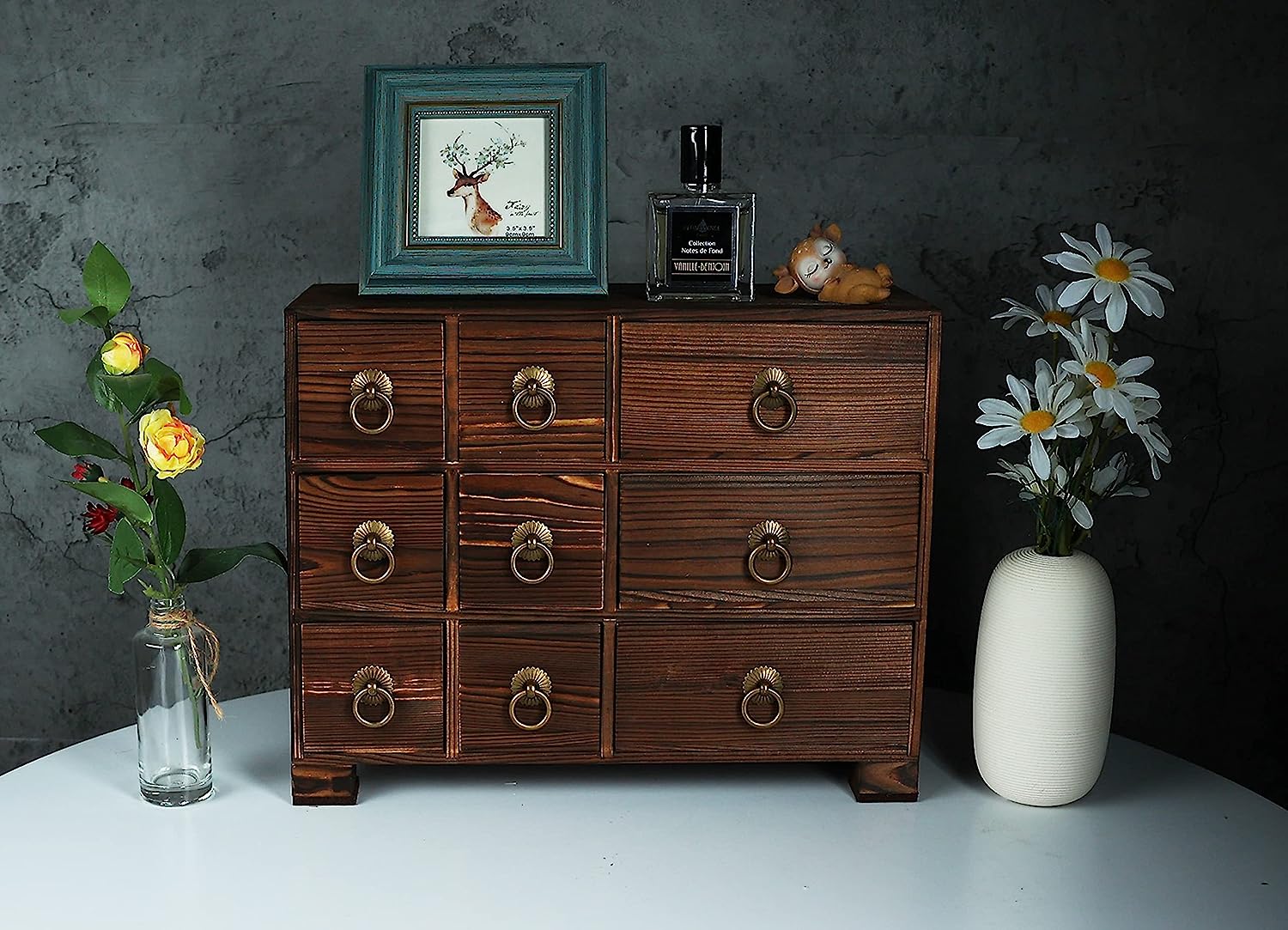

Articles
What Is An Apothecary Cabinet
Modified: January 21, 2024
Discover creative storage ideas with an apothecary cabinet, perfect for organizing and decluttering your home. Maximize space and add a touch of vintage charm to any room.
(Many of the links in this article redirect to a specific reviewed product. Your purchase of these products through affiliate links helps to generate commission for Storables.com, at no extra cost. Learn more)
What is an Apothecary Cabinet
An apothecary cabinet is a unique and fascinating piece of furniture that has a rich history and functional design. Stemming from the word “apothecary,” which refers to a person who prepares and sells medicinal drugs, an apothecary cabinet was traditionally used to store herbs, botanicals, and various medical supplies. Today, it serves as both a functional storage unit and a charming decorative element for homes and businesses alike.
Historically, apothecary cabinets were commonly found in pharmacies, apothecaries, and medical institutions. These cabinets were meticulously designed to organize and categorize the vast array of medicinal ingredients used in herbal remedies and prescriptions. Crafted with precision and attention to detail, they were not only functional but served as a symbol of the importance and professionalism of the apothecary trade.
An authentic apothecary cabinet typically features a wooden construction, with numerous small drawers or compartments, each labeled or numbered to facilitate easy identification of the stored items. The drawers often have small knob handles, allowing for smooth and convenient access. The size, shape, and layout of the cabinet can vary, with some models consisting of tall, narrow structures, while others are wider and more squat.
Many antique apothecary cabinets boast beautifully carved details, such as intricate patterns, ornate handles, or sculpted legs, reflecting the craftsmanship and artistic flair of the era in which they were created. These cabinets were often made from high-quality, durable woods like mahogany or oak, ensuring their longevity and adding to their overall value.
In addition to their historical significance and functional design, apothecary cabinets have become increasingly popular for their aesthetic appeal. The unique charm and vintage character they bring to a space make them highly sought after by collectors and interior designers. Today, it’s not uncommon to find replicas or modern interpretations of apothecary cabinets in various styles and finishes, allowing individuals to incorporate this timeless piece into their homes or businesses.
In modern-day settings, apothecary cabinets serve a myriad of purposes. While they can still be used for storing herbs and spices, they are also utilized for organizing art supplies, jewelry, crafting materials, or even as a showcase for small collectibles or curiosities. Their versatility and functionality make them a versatile addition to any space, whether it be a rustic farmhouse kitchen, a vintage-inspired living room, or a contemporary office.
To sum up, an apothecary cabinet is not only a practical storage solution with a fascinating history, but it is also a unique and visually appealing piece of furniture that adds character and charm to any setting. Whether you’re a collector seeking an antique treasure or someone looking for a one-of-a-kind storage option, an apothecary cabinet is sure to be a conversation starter and a captivating addition to your space.
Key Takeaways:
- The Apothecary Cabinet: A Timeless Blend of History and Functionality
Discover the rich history and enduring charm of the apothecary cabinet, from its origins in traditional medicine to its modern-day adaptations, offering a unique and visually captivating addition to any space. - Versatile and Functional: Modern Uses of the Apothecary Cabinet
Explore the diverse uses of apothecary cabinets, from storing herbs and botanicals to organizing art supplies and showcasing collectibles, adding a touch of vintage charm and functionality to any setting.
Read more: What Are Cabinet Files
Introduction
From historical apothecaries to modern-day collectors and interior enthusiasts, the apothecary cabinet has stood the test of time as a beloved and iconic piece of furniture. With its rich history, functional design, and timeless appeal, the apothecary cabinet continues to capture the imagination and add character to homes and businesses around the world.
What sets an apothecary cabinet apart is its unique purpose and historical significance. Stemming from the word “apothecary,” which refers to a person who prepares and sells medicinal drugs, these cabinets were originally used to store herbs, botanicals, and various medical supplies. Imagine a time when apothecaries played a vital role in providing remedies and healthcare solutions to communities.
With the rise of modern medicine, traditional apothecaries and their cabinets have become less common. However, the charm and functionality of these cabinets have allowed them to transcend their original purpose and find a place in contemporary decor. Today, apothecary cabinets are sought after for their nostalgic appeal and ability to evoke a sense of history and curiosity in spaces.
One of the defining features of an apothecary cabinet is its design. Typically crafted from wood and featuring multiple small drawers or compartments, these cabinets were meticulously organized to store and categorize different medicinal ingredients. Each drawer is often labeled or numbered, making it easier for the apothecary to locate specific items quickly. The craftsmanship and attention to detail involved in creating these cabinets is a testament to the importance placed on the practice of apothecary work.
While apothecary cabinets are undeniably functional, they are also cherished for their aesthetic appeal. The intricate carvings, ornate handles, and charming details found on antique cabinets add a touch of elegance and vintage charm to any space. These cabinets were often made from high-quality, durable woods like mahogany or oak, ensuring their longevity and adding to their overall value.
In recent years, there has been a resurgence in the popularity of apothecary cabinets, both authentic antiques and contemporary reproductions. Whether used as a traditional storage solution or repurposed for a modern setting, these cabinets serve as a testament to the enduring allure of vintage-inspired decor.
This article will delve deeper into the fascinating world of apothecary cabinets, exploring their historical significance, design elements, common uses, and even modern-day adaptations. So, buckle up and embark on a journey through time and style as we discover the magic of the apothecary cabinet.
Definition of an Apothecary Cabinet
An apothecary cabinet is a specialized piece of furniture that has been historically used to store and organize medicinal ingredients, herbs, botanicals, and various medical supplies. These cabinets were a staple in apothecaries, pharmacies, and medical institutions, where the preparation and dispensing of medications and herbal remedies took place.
Originally, the term “apothecary” referred to an individual who practiced the art of pharmacy, compounding medicines, and providing healthcare solutions to the public. The apothecary cabinet played a crucial role in this profession, serving as a dedicated storage unit for the vast array of ingredients and tools required in the apothecary trade.
Traditionally, an apothecary cabinet is constructed from sturdy, high-quality wood, such as mahogany or oak. It typically features multiple small drawers or compartments, each carefully designed to hold specific items. The drawers are often labeled, numbered, or categorized, making it easier for the apothecary to locate and access the necessary ingredients or supplies.
One of the distinguishing characteristics of an apothecary cabinet is its meticulous organization. Each drawer is purposefully arranged, with various subdivisions or dividers to further compartmentalize the contents. This system enables efficient inventory management and ensures that each ingredient or supply has its designated place, reducing the risk of confusion or cross-contamination.
Beyond the functional design, apothecary cabinets often showcase exquisite craftsmanship and intricate detailing. Some include decorative elements, such as carvings, embellishments, or ornate handles, adding to their aesthetic appeal and historical significance.
With their rich history and undeniable charm, apothecary cabinets have transcended their original purpose and become sought-after pieces in the realm of vintage and antique furniture. They bring a sense of nostalgia and evoke a bygone era of medicinal practices, capturing the imagination of collectors and interior enthusiasts alike.
Today, apothecary cabinets continue to be valued for their versatility and as stand-out decor pieces. While they can still be used for storing herbs, botanicals, or medical supplies, they are also repurposed in various ways. Some use them to organize art supplies, jewelry, small trinkets, or even as a statement piece in contemporary settings.
Whether it’s the historical significance, the functionality, or the aesthetic appeal, an apothecary cabinet holds a unique place in the world of furniture. With its storied past and enduring allure, it serves as a reminder of the importance of traditional medicine and craftsmanship while adding character and sophistication to any space.
Historical Significance
The historical significance of apothecary cabinets lies in their connection to the practice of traditional medicine and the evolution of the pharmaceutical industry. Dating back centuries, these cabinets served as vital tools for apothecaries and pharmacists who played a crucial role in providing healthcare and remedies to communities.
The origins of apothecaries can be traced back to ancient civilizations, where individuals practiced the art of healing using natural ingredients and herbal remedies. As medical knowledge evolved, so did the need for organized storage systems to keep track of the numerous medicinal ingredients and tools used in the preparation of treatments.
The role of the apothecary gained prominence during the Middle Ages and the Renaissance, as societies recognized the importance of skilled individuals who could prepare medicines and provide medical advice to the public. These early apothecaries were often associated with monasteries, where herbal knowledge was cultivated and passed down through generations.
As the demand for medicinal products grew, so did the need for proper storage and organization. The development of apothecary cabinets provided a solution to this challenge. These cabinets were designed with multiple drawers or compartments, each dedicated to storing specific ingredients, herbs, or tools.
During the 17th and 18th centuries, apothecary cabinets became more intricate and ornate, reflecting the growing professionalism and status of the apothecary trade. These cabinets served as a symbol of expertise and were often displayed prominently in apothecaries and pharmacies.
Apothecary cabinets reached their zenith during the 19th and early 20th centuries amidst the rapid advancement of the pharmaceutical industry. As new technologies and discoveries reshaped medicine, the need for proper storage and organization of medicinal ingredients became even more critical.
However, with the evolution of modern medicine, the profession of the apothecary declined, and the use of traditional apothecary cabinets decreased. Many of these cabinets have become cherished antique collectibles, sought after for their historical value and unique charm.
Today, the historical significance of apothecary cabinets lies in their ability to evoke nostalgia and serve as a reminder of the importance of traditional medicinal practices. They offer a glimpse into the past, showcasing the craftsmanship and attention to detail that characterized the bygone era of apothecaries.
Preserving and appreciating the historical significance of apothecary cabinets allows us to acknowledge the advancements in the medical field and the centuries-old practices that have shaped our understanding of healthcare. These cabinets serve as tangible artifacts, connecting us to a time when herbal remedies and natural healing played a vital role in wellness.
Collectors and enthusiasts continue to cherish these cabinets not only for their functional design but also as a tangible link to our medical history and the dedicated individuals who paved the way for modern pharmaceutical practices.
Design and Features
The design of an apothecary cabinet is both functional and visually appealing. Crafted with attention to detail and practicality in mind, these cabinets were designed to facilitate the organization, storage, and easy access of medicinal ingredients and supplies.
One of the defining features of an apothecary cabinet is its construction from high-quality wood, such as mahogany or oak. The choice of durable materials ensured the longevity of the cabinet, as well as adding to its aesthetic appeal.
Typically, an apothecary cabinet consists of multiple small drawers or compartments, each with its own purpose. These drawers are often arranged in columns or rows, creating a grid-like pattern. The number of drawers can vary, with some cabinets having a few dozen while others have over a hundred.
To ensure efficient organization, each drawer is typically labeled, numbered, or categorized. These labeling systems allow the apothecary to quickly locate and access specific ingredients or supplies when preparing medicines or herbal remedies. The use of such labels showcases the meticulous attention given to maintaining an orderly inventory.
The drawers of an apothecary cabinet are often small in size, facilitating the storage of a wide variety of items without taking up excessive space. The compact nature of these drawers allows for efficient use of storage space, enabling the cabinet to hold a substantial quantity of ingredients and supplies.
To further enhance accessibility, each drawer is typically equipped with a small knob handle. These handles allow for easy opening and closing of the drawers, ensuring smooth retrieval of the required items. The handles are often made from materials such as metal or wood, complementing the overall design of the cabinet.
In addition to their practicality, apothecary cabinets feature exquisite craftsmanship and decorative elements. Many antique cabinets showcase intricate woodcarvings or ornate embellishments, adding a touch of elegance and charm to the furniture piece. These decorative elements lend a sense of artistry and historical authenticity to the cabinet.
While the traditional apothecary cabinet design consists of small drawers, some variations may include larger compartments or shelves. This allows for the storage of larger items or additional organizational options. The overall size and shape of the cabinet can also vary, with some models being tall and narrow, while others are wider and more squat, depending on the specific needs and space available.
Today, apothecary cabinet designs have evolved to cater to various aesthetics and interior styles. While vintage and antique cabinets retain their ornate and traditional designs, modern-day adaptations offer a blend of functionality and contemporary appeal. These adaptations may feature sleek lines, minimalist designs, or unique finishes, allowing individuals to incorporate the charm of an apothecary cabinet into their modern living spaces.
The design and features of an apothecary cabinet make it a visually captivating and highly functional piece of furniture. Whether displayed as a stunning antique centerpiece or used practically for storage and organization, the design elements of an apothecary cabinet continue to delight and inspire collectors and interior enthusiasts alike.
Read more: What Is The Kitchen Cabinet
Common Uses
Throughout history, apothecary cabinets have served a variety of purposes beyond their original use in pharmacies and apothecaries. The versatility and functionality of these cabinets make them well-suited for various storage and organizational needs. Here are some common uses for apothecary cabinets:
Herbs and Botanicals:
One of the most common and traditional uses of apothecary cabinets is for storing herbs, botanicals, and medicinal plants. The small drawers provide a convenient and organized space to keep a wide range of herbs, allowing easy access when preparing herbal remedies, teas, or tinctures. For herbalists or individuals who enjoy natural remedies, an apothecary cabinet is an ideal storage solution.
Crafting and Art Supplies:
An apothecary cabinet can be repurposed to store various crafting materials and art supplies. The small drawers are ideal for organizing small items like beads, buttons, threads, or paintbrushes. The organized compartments make it easy to find and access the necessary materials for creative projects, adding a touch of vintage charm to the crafting space.
Jewelry and Accessories:
For those looking to store and display their jewelry collection, an apothecary cabinet offers a unique and visually appealing option. The drawers can be used to separate and organize different pieces, keeping them safe and easily accessible. The ornate design of antique cabinets adds an elegant touch to the presentation of precious accessories.
Read more: What Is An Rta Cabinet
Curios and Collectibles:
Due to their small compartments and labeling system, apothecary cabinets are also ideal for showcasing small collectibles and curiosities. Whether it’s a collection of vintage coins, seashells, antique buttons, or miniature figurines, an apothecary cabinet provides a charming display space, allowing each item to be highlighted and admired.
Kitchen Storage and Organization:
Apothecary cabinets can be repurposed in the kitchen to store a variety of ingredients and spices. The labeled drawers create a system for categorizing different herbs, spices, or baking supplies, making it easy to access the required ingredients during cooking or baking. The vintage aesthetic of an apothecary cabinet adds a touch of nostalgia to any kitchen.
Bathroom Essentials:
With their numerous small drawers, apothecary cabinets can also be used to organize bathroom essentials like toiletries, cosmetics, or grooming products. The compact compartments offer a neat and organized solution, ensuring that everything has its designated place and remains easily accessible.
These are just a few examples of the common uses for apothecary cabinets. Their versatility allows individuals to adapt them to their specific needs and preferences. Whether used for practical storage or as a decorative element, these cabinets bring a touch of history and functionality to any space.
Collecting and Displaying Apothecary Cabinets
Apothecary cabinets hold a significant appeal for collectors and interior enthusiasts due to their historical significance, unique design, and timeless charm. Whether you’re an avid collector or simply appreciate the beauty of these cabinets, here are some tips on collecting and displaying apothecary cabinets:
Read more: What Is A Hoosier Cabinet
Research and Authenticity:
When starting your collection, it’s important to conduct thorough research to ensure the authenticity and value of the apothecary cabinets you encounter. Familiarize yourself with different styles, time periods, and materials used in the construction of these cabinets. Carefully examine the craftsmanship, markings, and labeling systems to determine the age and historical significance.
Antique or Reproduction:
Decide whether you prefer authentic antique apothecary cabinets or modern reproductions. Antique cabinets carry historical value, while reproductions offer the charm of vintage design with the advantage of being newly crafted. Consider your budget, personal preference, and the availability of authentic pieces when making your decision.
Condition and Restoration:
When collecting antique apothecary cabinets, consider their condition and the possibility of restoration. Some collectors prefer cabinets in their original state, embracing the patina and signs of age. Others may choose to restore cabinets to their former glory, ensuring they are in functional and visually pleasing condition. It is essential to seek professional advice when restoring antique cabinets to preserve their value.
Curating your Collection:
As you collect apothecary cabinets, think about curating a cohesive collection. You may choose to focus on a specific time period, style, or geographic origin. Alternatively, you can opt for cabinets that vary in design, creating a display that showcases the diverse craftsmanship and beauty of apothecary cabinets over time.
Read more: What Is Cabinet Refacing
Displaying with Purpose:
When it comes to displaying your collection, consider the space you have available and how best to showcase the unique features of each cabinet. Grouping smaller cabinets together or displaying them in a specific arrangement can create an interesting focal point. You can also incorporate lighting to highlight the intricate carvings, labels, or ornate details, adding depth and visual interest to your display.
Integrating Cabinets into Décor:
An apothecary cabinet can be a stunning statement piece in any room. Consider integrating the cabinet seamlessly into your existing décor by playing with complementary colors, textures, and styles. Whether placed in a living room, kitchen, or study, an apothecary cabinet adds a touch of vintage charm and becomes a conversation starter.
Protection and Maintenance:
Ensure the longevity of your apothecary cabinets by implementing proper maintenance and protection measures. Regularly clean and dust the cabinets using gentle methods to preserve their surfaces. Avoid exposing them to excessive sunlight or moisture, which can cause fading or deterioration. If necessary, consult professionals for preservation techniques or conservation advice.
Collecting and displaying apothecary cabinets offers a rewarding and enriching experience. From the joy of finding unique pieces to the pride of showcasing their beauty, these cabinets serve as tangible reminders of our rich history and the craftsmanship of the past.
Modern-day Adaptations
While antique apothecary cabinets hold a timeless charm, modern-day adaptations have emerged to cater to contemporary tastes and functional needs. These adaptations take inspiration from the traditional design of apothecary cabinets while incorporating modern elements and materials. Here are some examples of modern-day adaptations of apothecary cabinets:
Read more: What Is A China Cabinet
Materials and Finishes:
Modern apothecary cabinets often feature a blend of materials, including wood, metal, and glass. While wood remains a popular choice, you’ll also find cabinets crafted from materials like stainless steel or aluminum, offering a sleek and contemporary look. Additionally, cabinets with glass doors or panels add a touch of sophistication and allow for easy display of curated items.
Minimalist Design:
A modern twist on the traditional apothecary cabinet involves embracing a minimalist design aesthetic. These cabinets feature clean lines, simple drawer handles or knobs, and a streamlined appearance. With a focus on functionality and clean aesthetics, minimalist apothecary cabinets suit modern interiors that favor simplicity and understated elegance.
Multi-Purpose Functionality:
Modern apothecary cabinets often serve a dual purpose, combining storage functionality with other features. For example, some cabinets feature built-in desks or workstations, providing a designated space for writing, crafting, or working. Others may incorporate wine racks, making them stylish storage solutions for wine enthusiasts.
Customization and Modular Systems:
Another modern adaptation is the use of modular systems that allow for customization and flexibility. These cabinets consist of individual units or modules that can be stacked or arranged in various configurations to suit specific storage needs. The modular design offers versatility, making it easier to adapt the cabinet to evolving requirements or to fit into different spaces.
Read more: What Is A Pantry Cabinet
Eco-Friendly and Sustainable Options:
As sustainability becomes a priority, eco-friendly options have entered the market. Some modern apothecary cabinets are made from sustainable materials like bamboo or reclaimed wood, reducing the environmental impact. These cabinets not only offer functionality but also align with ethical and environmentally conscious consumer choices.
Technology Integration:
With the integration of technology into our daily lives, modern apothecary cabinets may feature elements that accommodate technological devices. These cabinets may include built-in charging ports, cable management systems, or even hidden compartments designed specifically to store and organize electronic devices such as tablets, smartphones, or laptops.
Contemporary Styling:
Modern adaptations of apothecary cabinets often feature contemporary styling cues that align with current interior design trends. These may include unique finishes, bold colors, or unconventional shapes. A contemporary-styled apothecary cabinet can be a statement piece, adding a touch of individuality and modern flair to any space.
Modern-day adaptations of apothecary cabinets offer versatility and innovation, appealing to individuals who appreciate the vintage charm of traditional apothecary cabinets but seek functional and design-forward options to suit their lifestyle and tastes. Whether you prefer the classic allure of antique cabinets or embrace the modern adaptations, there is an apothecary cabinet for every style and preference in today’s market.
Conclusion
The apothecary cabinet is a fascinating piece of furniture that holds a significant place in history and design. From its origins in traditional apothecaries to its transformation into a sought-after collector’s item, the apothecary cabinet has stood the test of time, captivating us with its functional design and timeless appeal.
With its historical significance, the apothecary cabinet serves as a tangible connection to the past. It reminds us of the vital role that apothecaries played in providing remedies and medical solutions to communities. The meticulous craftsmanship and attention to detail that went into creating these cabinets reflect the importance placed on the practice of apothecary work.
While the traditional apothecary cabinet design features small drawers and intricate woodcarvings, modern-day adaptations offer a range of options to suit contemporary tastes. These adaptations incorporate materials like metal and glass, embrace minimalist design principles, and introduce modular systems and customization options.
Apothecary cabinets continue to be versatile pieces of furniture, serving various purposes in different settings. They can be used to store herbs, organize crafting supplies, display jewelry or collectibles, or add a touch of vintage charm to any room. Their flexibility and functionality allow them to seamlessly integrate into diverse interior styles and meet modern storage needs
Collecting and displaying apothecary cabinets has become a fascination for many. Whether you’re an avid collector with an appreciation for antique craftsmanship or someone seeking a statement piece for your home, apothecary cabinets offer a unique and visually captivating addition to any space. Researching the authenticity of cabinets, curating a collection, and finding creative ways to display them all contribute to the joy and satisfaction of owning these remarkable pieces.
In conclusion, the apothecary cabinet holds a special place in the world of furniture, combining history, functionality, and design. Whether you admire the vintage allure of an antique cabinet or embrace the modern adaptations, the apothecary cabinet is a testament to our rich heritage, reminding us of the craftsmanship, ingenuity, and legacy of traditional medicine.
So, whether you are a collector, a history enthusiast, or simply captivated by their charm, the apothecary cabinet invites you to explore the past, embrace the present, and bring a touch of nostalgia and elegance into your space.
Frequently Asked Questions about What Is An Apothecary Cabinet
Was this page helpful?
At Storables.com, we guarantee accurate and reliable information. Our content, validated by Expert Board Contributors, is crafted following stringent Editorial Policies. We're committed to providing you with well-researched, expert-backed insights for all your informational needs.
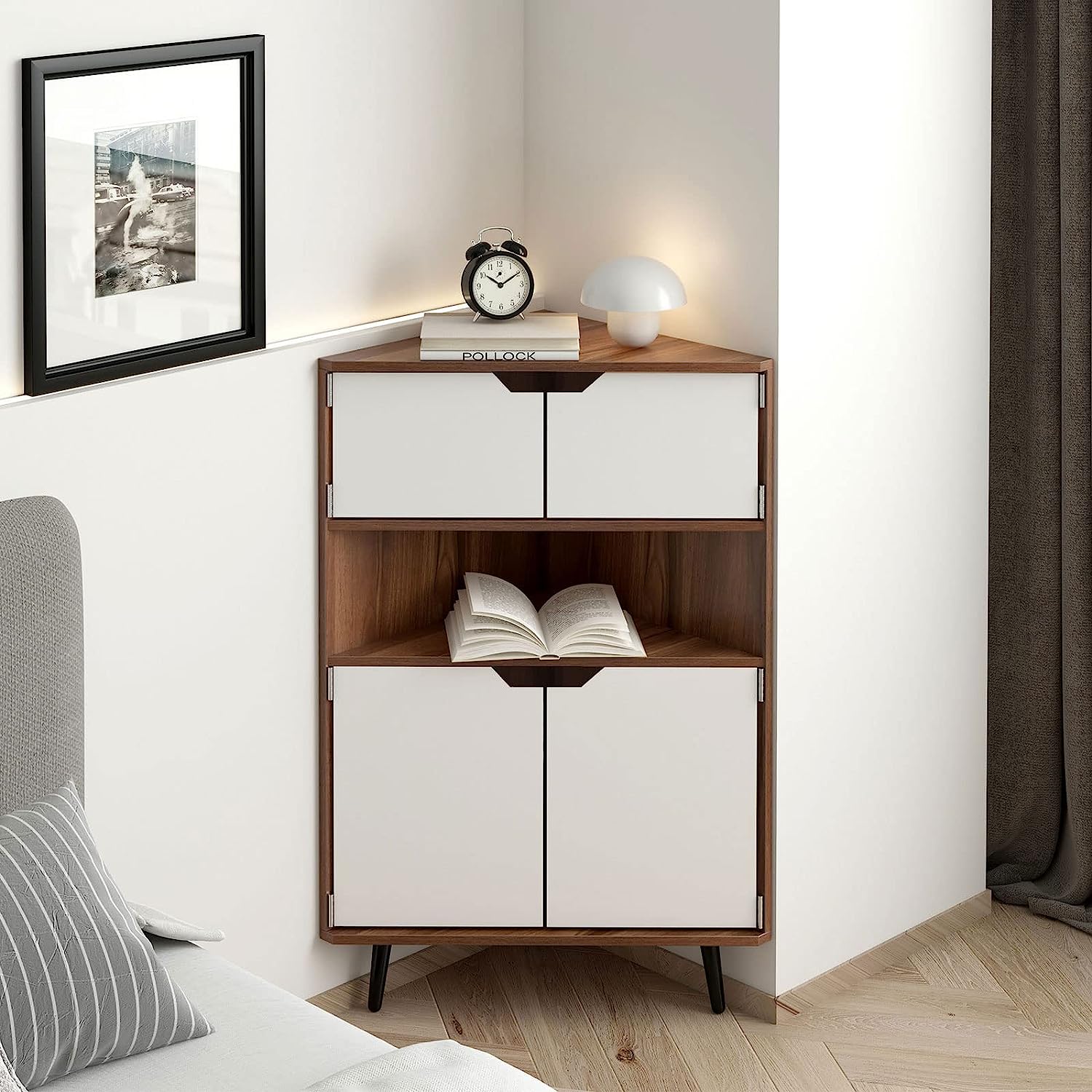
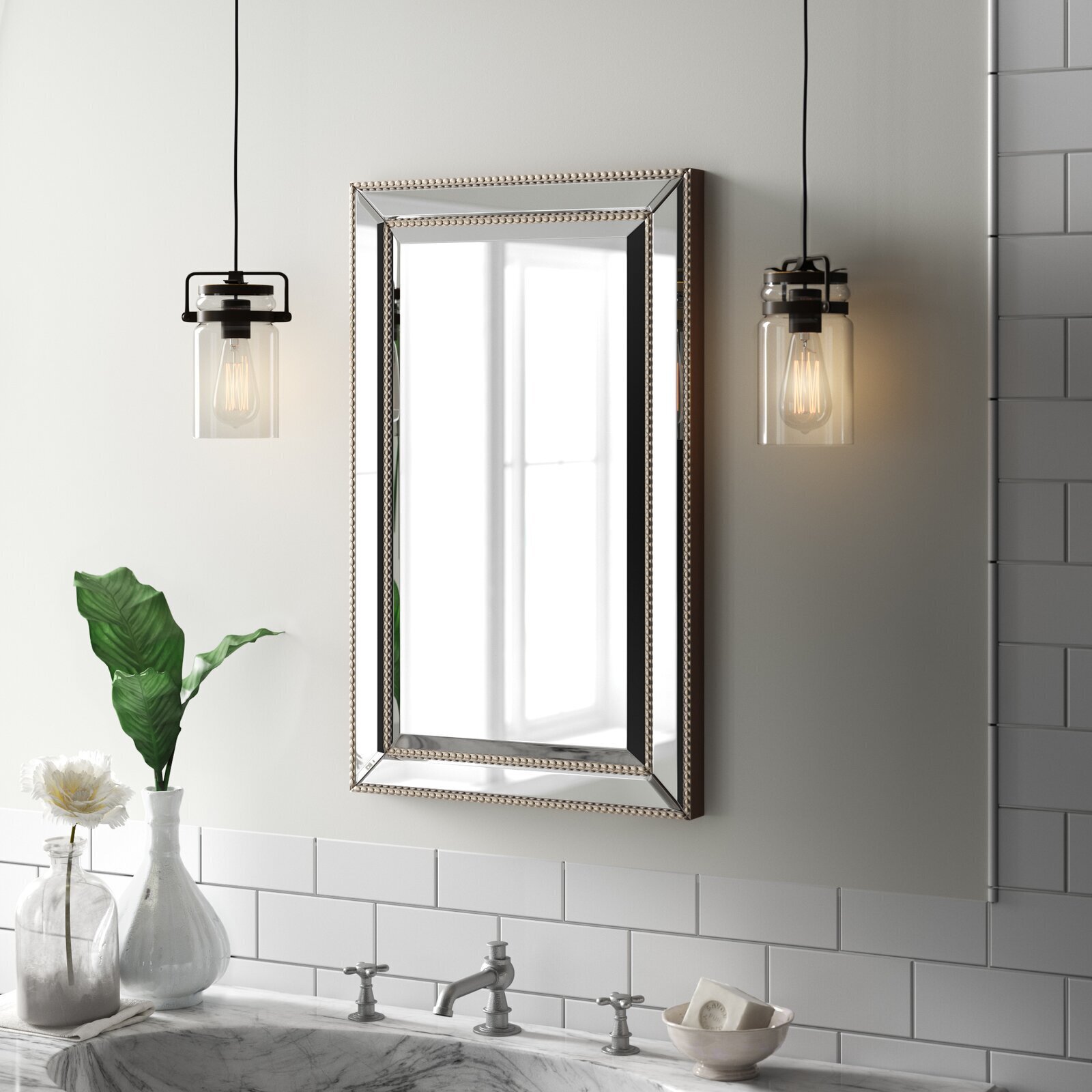
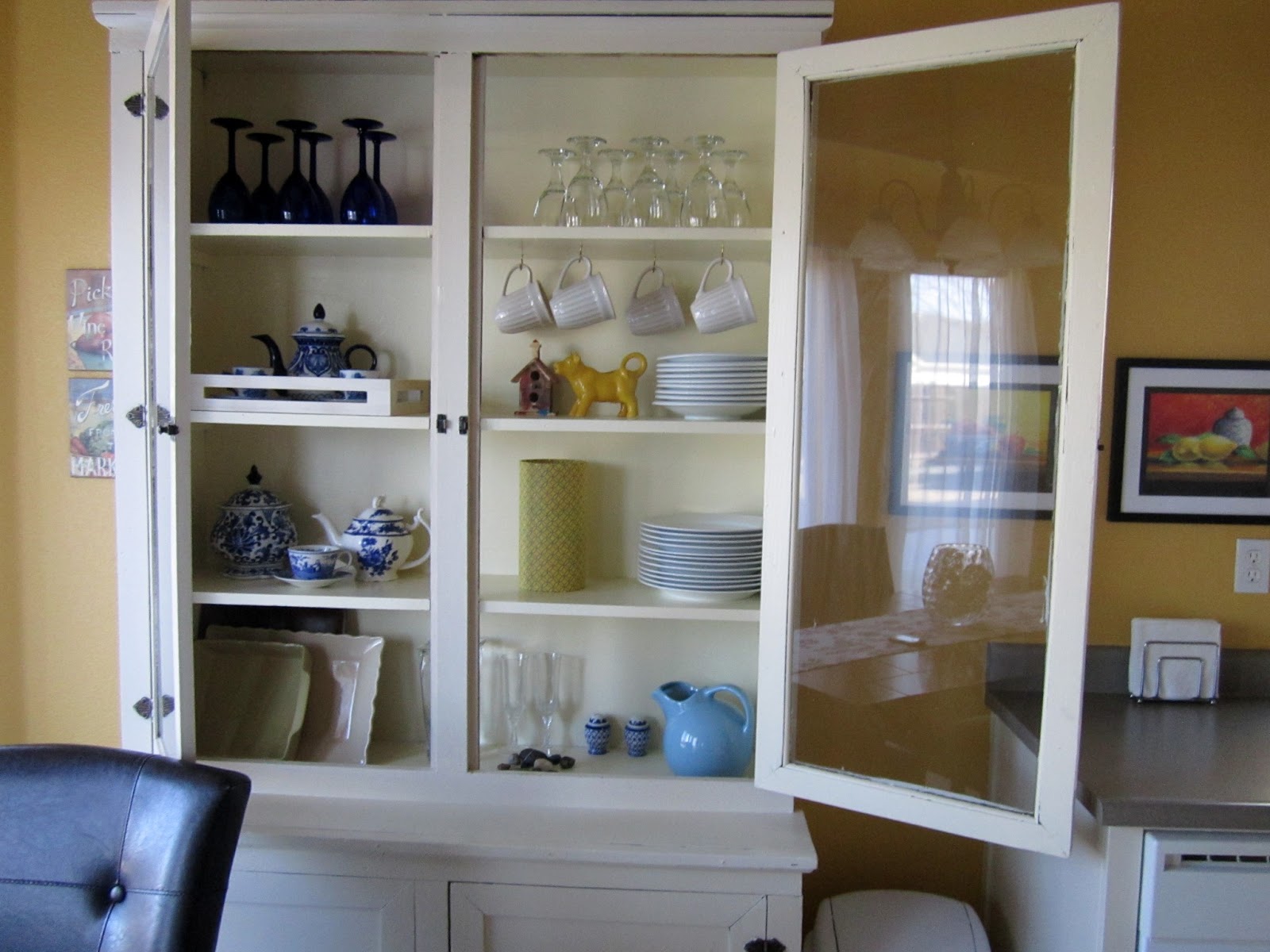
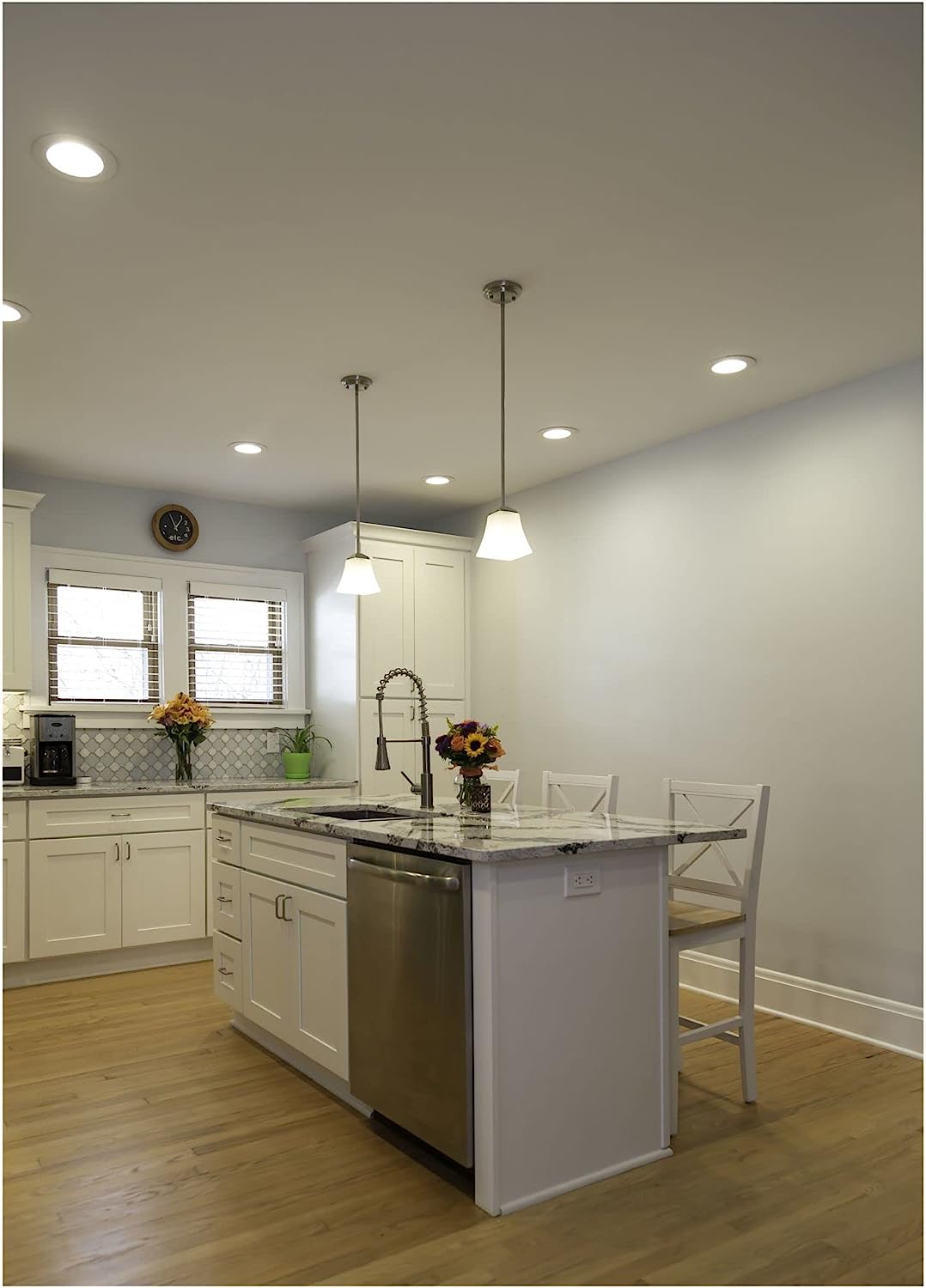

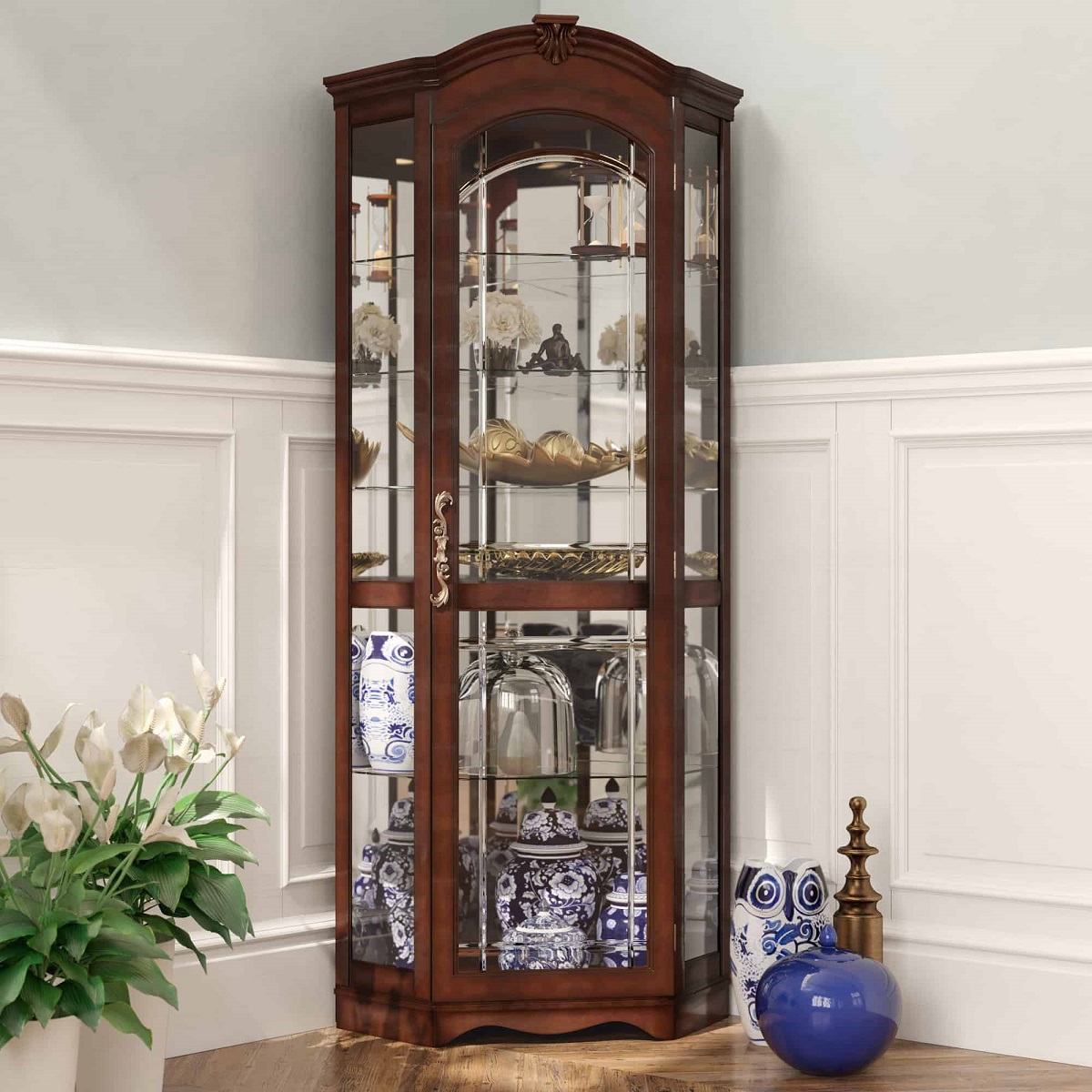
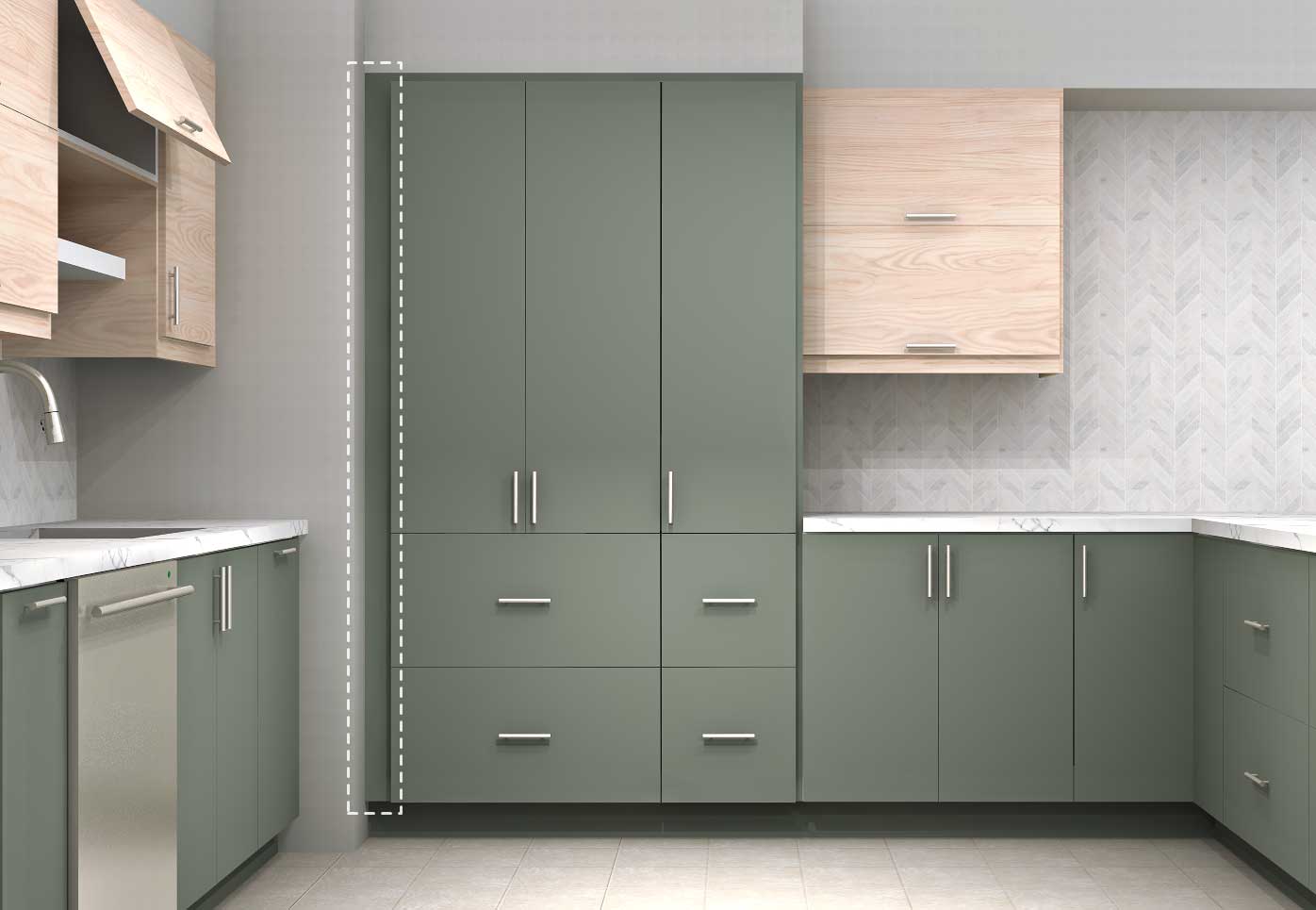
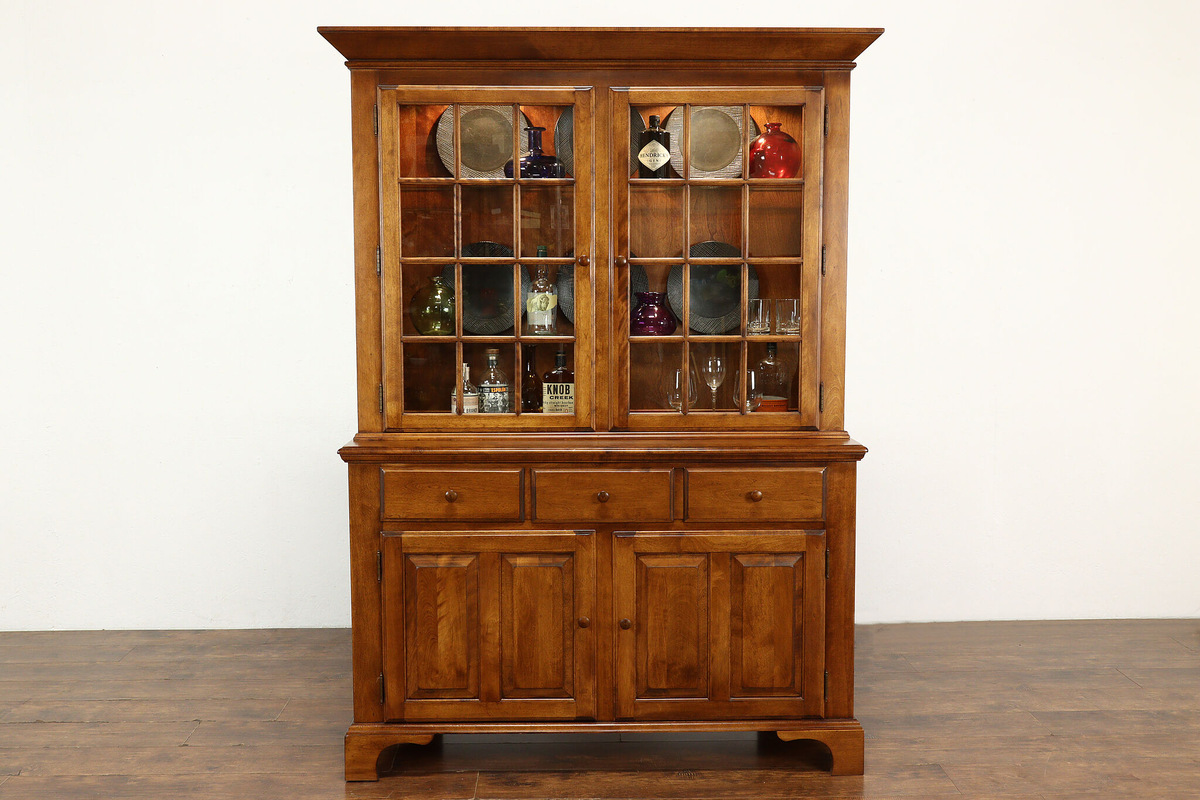
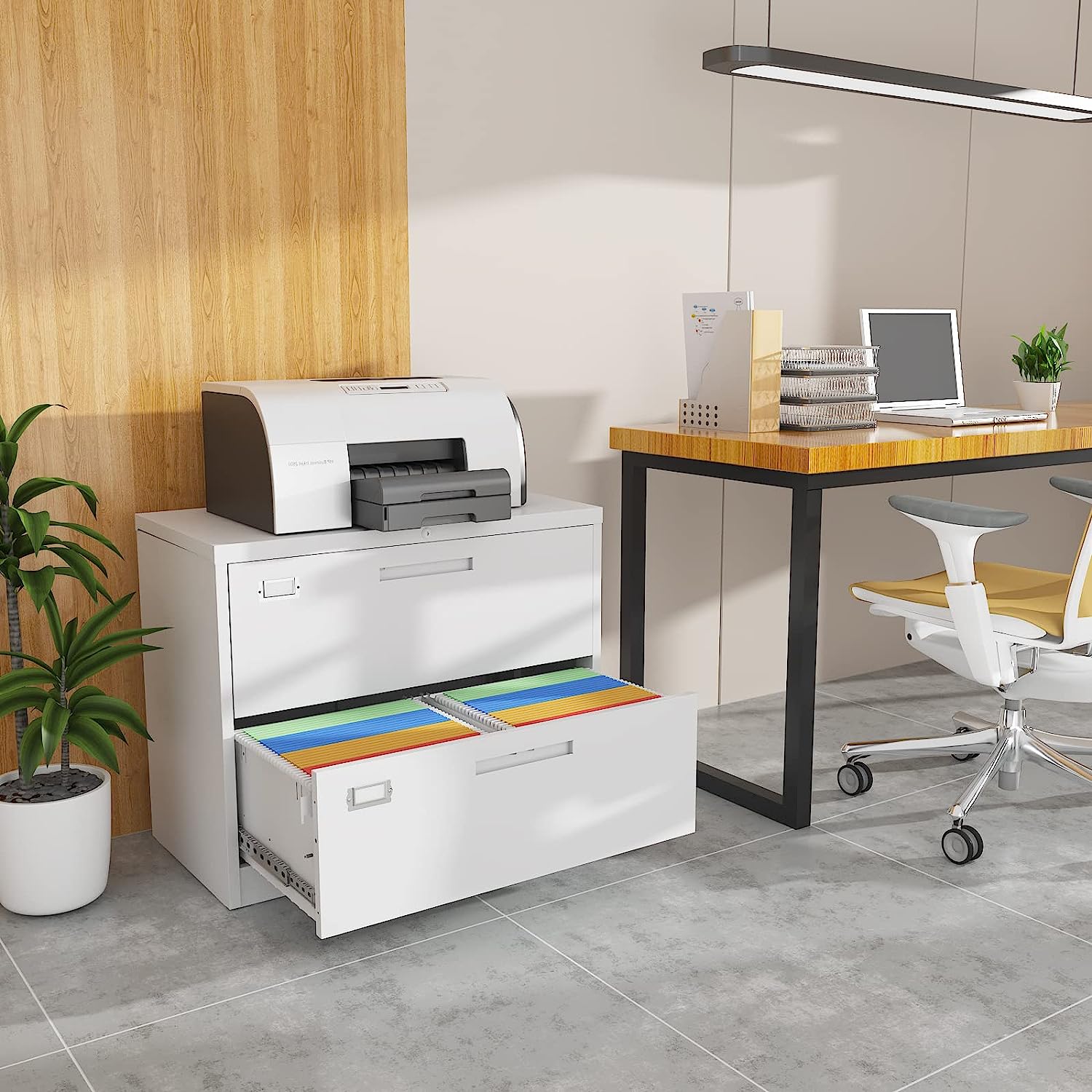

0 thoughts on “What Is An Apothecary Cabinet”